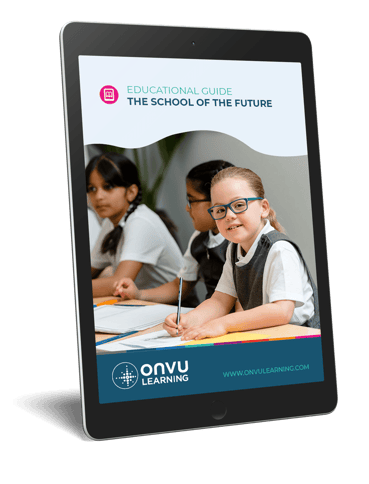- Blogs
- 2 Minute Read



Great CPD is vital to improving teaching and recruiting the best staff – but there’s an elephant in the room – teacher workload and its management.
Debra Kidd, the founder of the ‘Northern Rocks’ teacher conference has closed down the event because she ‘worried that teachers are starting to feel expected to do their training on a Saturday at their own expense’.
The Teacher Development Trust calculates that schools spend on average 0.7% of their budgets on CPD and in terms of time, there is often little spent beyond the statutory 5 INSET days (most of which in many schools are spent on administrative activities and non-teaching-related training such as safeguarding and medical issues). By contrast, at high performing school systems such as Ontario in Canada, over 10% of teacher time is spent in training. In Finland, teachers spend 600 hours teaching per year, compared with approximately 900 in regular UK schools.
So, it is essential for effective CPD to be introduced in a time-neutral way…
That means making sure that the training is as efficient as possible in terms of time spent across planning, setting up, training and actual development – and that the school culture changes so that CPD becomes a key focus with protected regular time and supporting teacher workload management.
We developed ONVU Learning's video-based coaching CPD with these aspects in mind. To make it as efficient as possible our initial staff training is available online, our cameras are scheduled on as needed and don’t need setting up each lesson, and our simple software makes it easy to find, share and review video footage – either as part of a planned focus or in response to something interesting or unusual that happened in a lesson. One further major time saving is that observers don’t have to find time to be in the classroom or to watch a whole lesson – the teacher training providers we work with are going to save hours travelling to distant schools!
In terms of culture change, we’re seeing great ideas from partner schools who are taking the opportunity to embed learning and develop staff not just as teachers but as coaches.
When the John Taylor Free School in Staffordshire opens later this year, research-based professional learning time will be at the heart of the school. Head of School Sue Plant has constructed a timetable with two hours each week of dedicated learning time for all staff. She describes key parts of the programme, ‘we’ll be working on coaching for excellence – every teacher will have their own coach as part of a personalised approach to professional development. Triads will be used to support teacher led enquiry and every teacher will have their own enquiry question to research throughout the year. We will use our cameras to help us look at learning in a more systematic way, giving us the ability to analyse lessons more forensically in order to improve practice. We’ll share research evidence – for example the Chartered College of Teaching study on metacognition. Staff will go and visit other schools. And we’ll publish our own research so people know what we’re up to’.
Sue also credits this positive approach to CPD with helping John Taylor Free School recruit excellent staff – despite the widely publicised ‘teacher recruitment crisis’ over 160 people applied for the school’s first 12 jobs! Read our partner school case studies for more stories and achievements.
ONVU Learning is a lesson observation solution that uses 360-degree video and high definition audio, allowing for full recording of the lesson, so teachers and trainers can review the footage, self-reflect and improve teaching and learning.
Read our case studies and find out how our partner schools have successfully used technology to improve their teacher training, development, recruitment and retention issues, and overall teacher satisfaction. Download and read them now.

The School of the Future Guide is aimed at helping school leaders and teachers make informed choices when designing the learning environments of the future using existing and upcoming technologies, as they seek to prepare children for the rest of the 21st century – the result is a more efficient and competitive school.
KEEP IN TOUCH WITH ONVU LEARNING AND RECEIVE THE LATEST NEWS ON EDTECH, LESSON OBSERVATION, AND TEACHER TRAINING AND DEVELOPMENT.